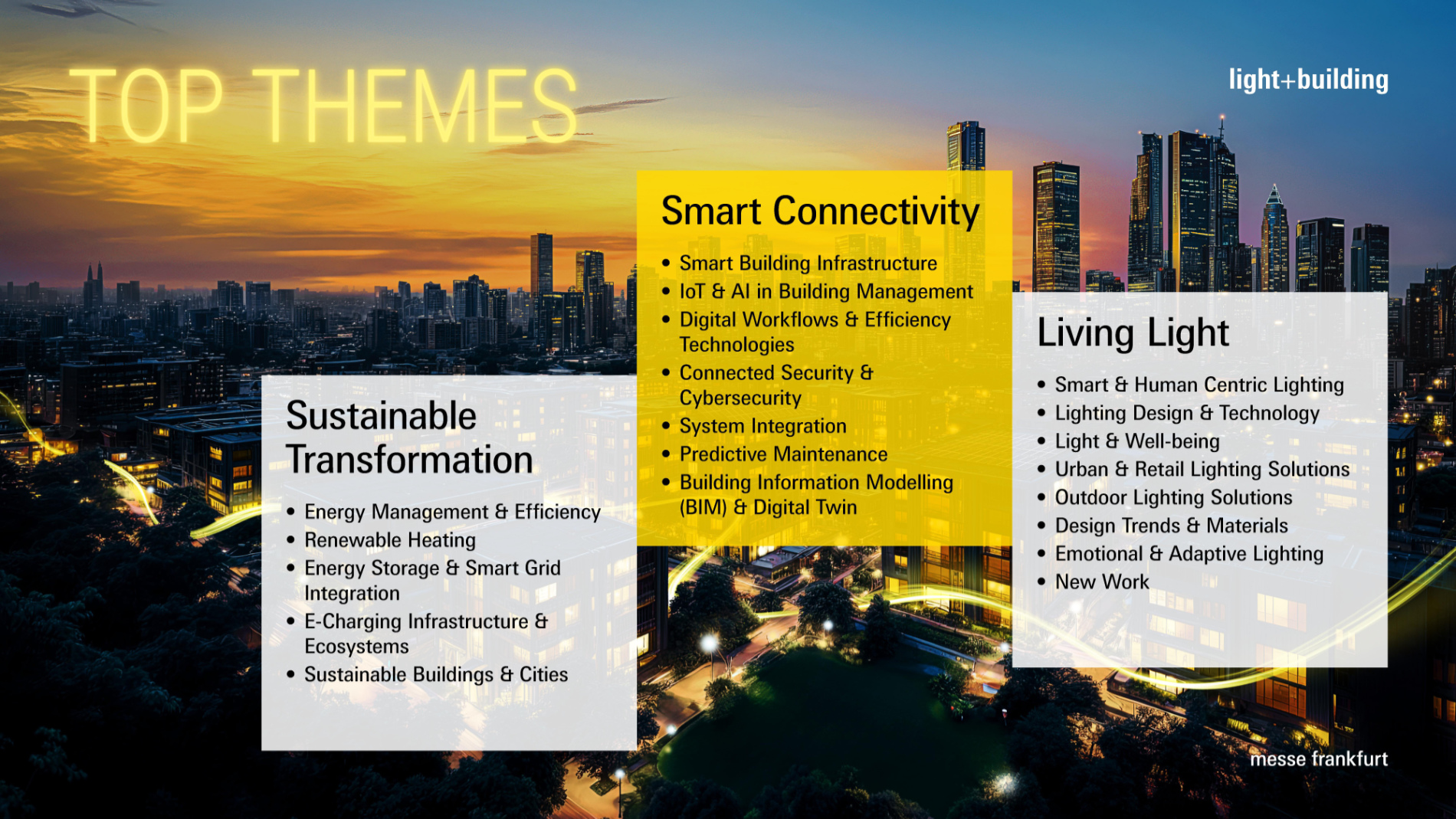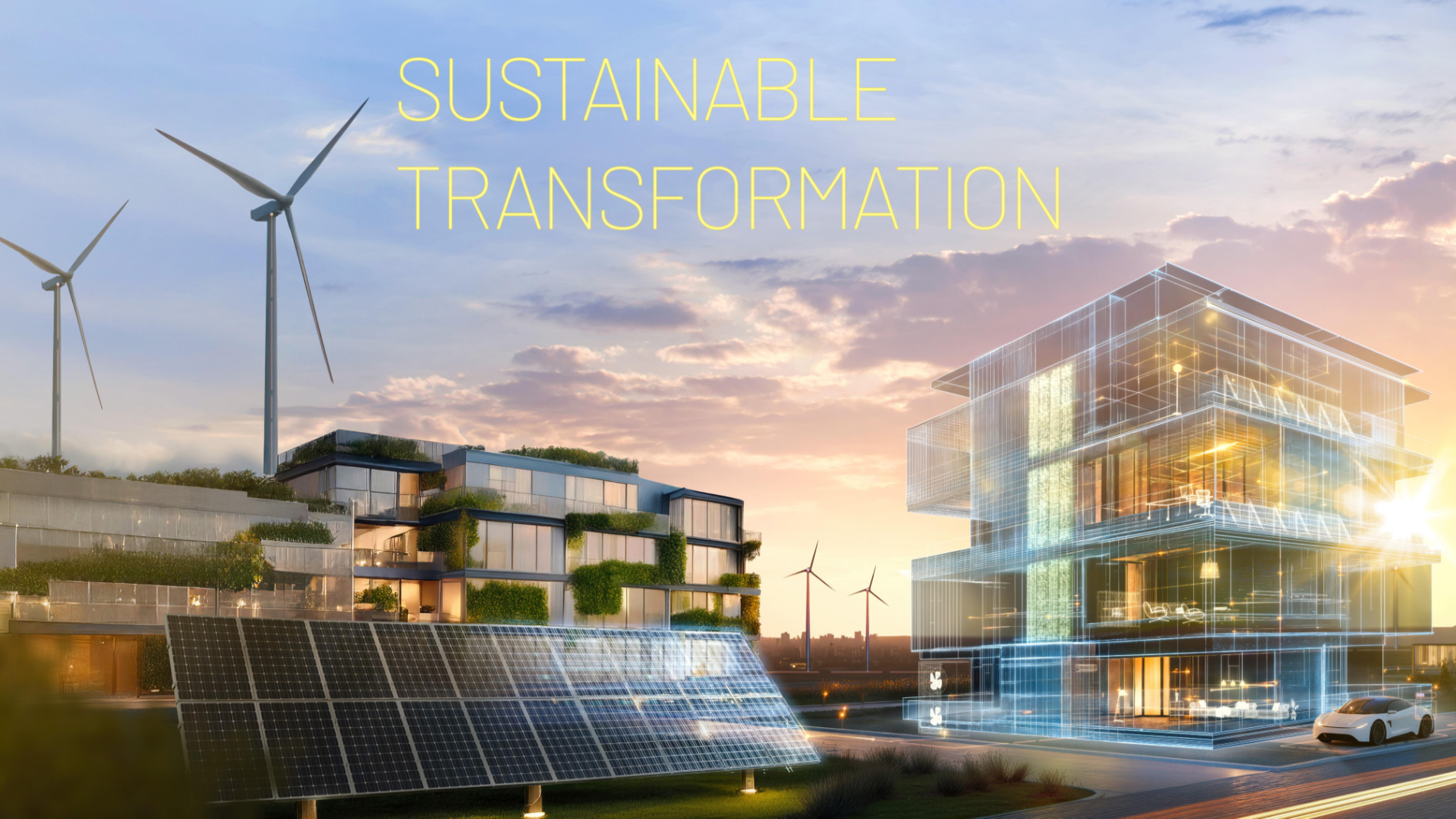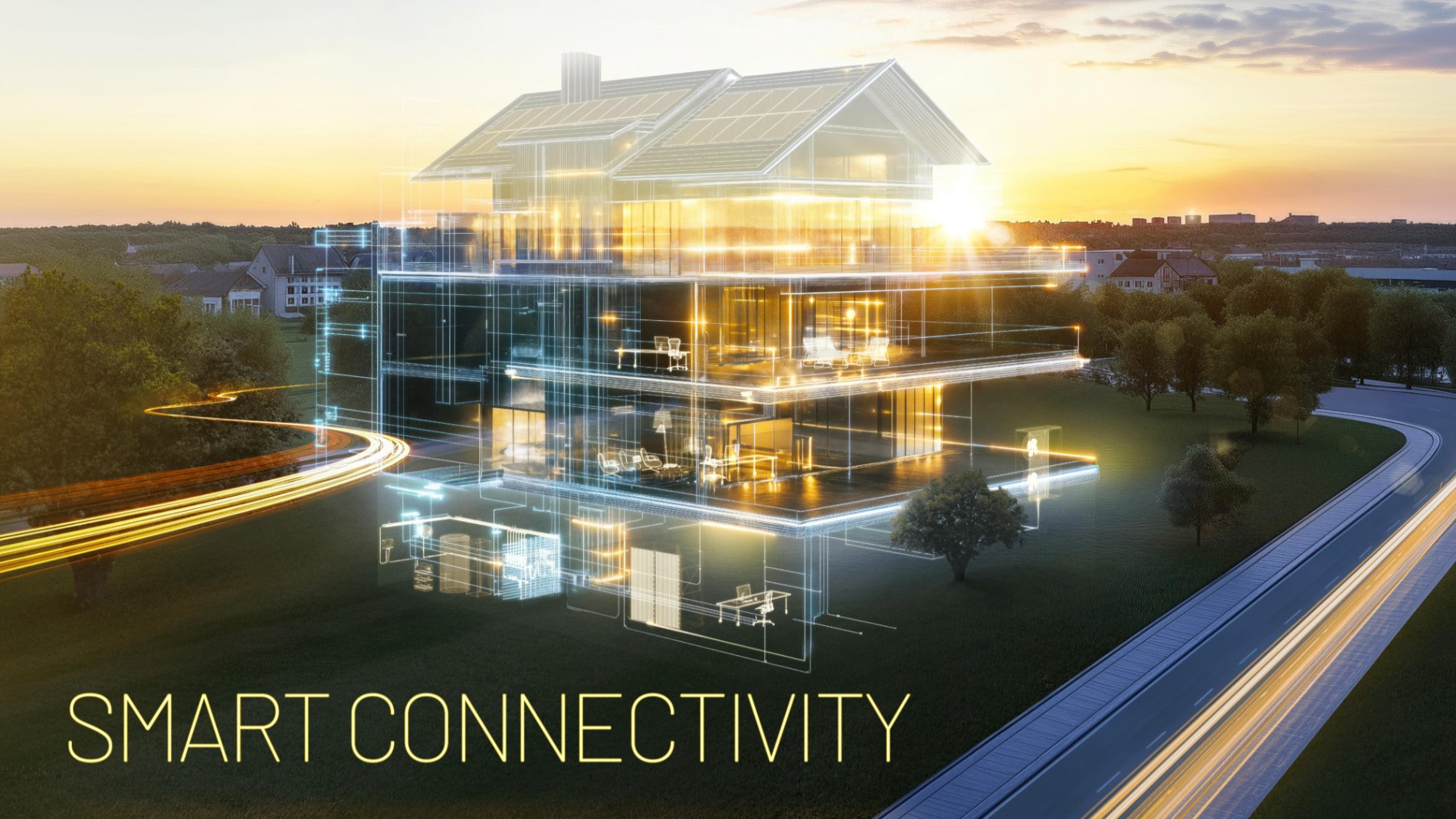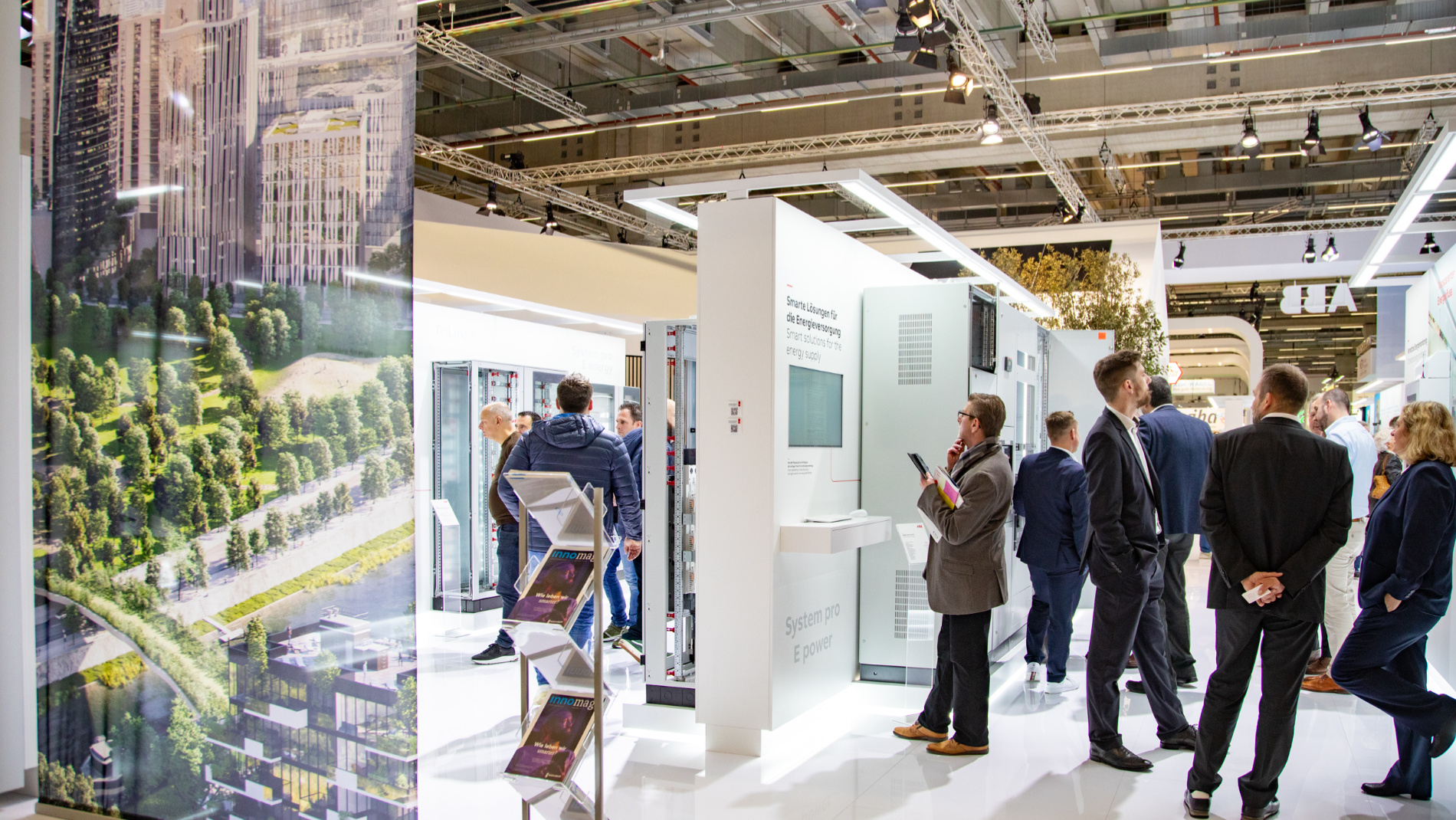The built environment is facing major challenges: decarbonisation, digitalisation, new sources of energy and changing demands on how we live, work and build. The three top themes of Light + Building 2026 – Sustainable Transformation, Smart Connectivity and Living Light – provide orientation in a dynamic market. They reflect the trends and developments that are shaping the building sector today – and will influence it tomorrow.
Visitors to Light + Building will find inspiration here to make their projects future-ready, efficient and design-driven. Exhibitors present practical solutions that help to meet today’s challenges – technologically up to date, market-relevant and with a clear focus on innovation.

Sustainable Transformation – Rethinking Energy

The path to climate-neutral buildings leads through efficient systems, smart planning and renewable heating. The top theme Sustainable Transformation showcases how technology and architecture can merge into an energy-efficient and future-ready whole. Focus areas include energy management buildings, building energy efficiency, digitalisation and sector coupling.
Also featured are systems such as EV charging infrastructure, electrical installation, and digitally controlled technologies. The goal: to align sustainable buildings with comfort, efficiency and technological progress – both in new constructions and existing properties.
Smart Connectivity – Intelligence for Connected Systems

Buildings are becoming intelligent systems. Smart Connectivity stands for connected infrastructures, digital processes and efficient control throughout the building lifecycle. Thematic focuses include IoT building automation, AI building management, predictive maintenance buildings and digital access systems.
Smart technologies collect data, analyse usage and enable predictive action – ensuring greater efficiency, safety and sustainability. With solutions like BIM planning, digital twins, system integration buildings and cybersecurity buildings, Light + Building highlights how digitalisation simplifies complexity.
Living Light – Creating Atmosphere with Living Lighting

Light is dynamic, adaptive and emotionally engaging. The top theme Living Light unites architectural, technological and emotional aspects of lighting design – with a strong focus on human centric lighting, residential lighting design and smart home lighting control.
Dynamic lighting turns architecture into atmosphere. Spaces become immersive environments where light doesn’t just illuminate, but defines, supports and inspires. Designers and architects will discover visionary concepts at Light + Building – from lighting for living space and urban lighting to intelligent control systems for the retail and public realm.
